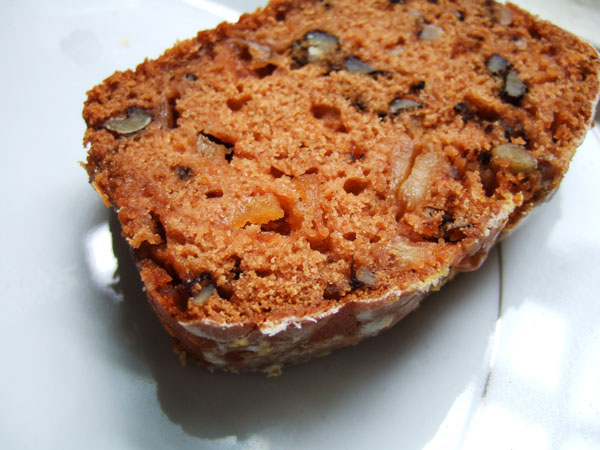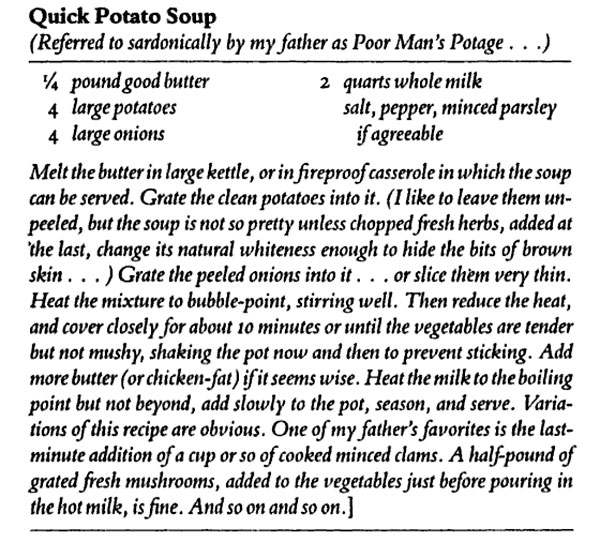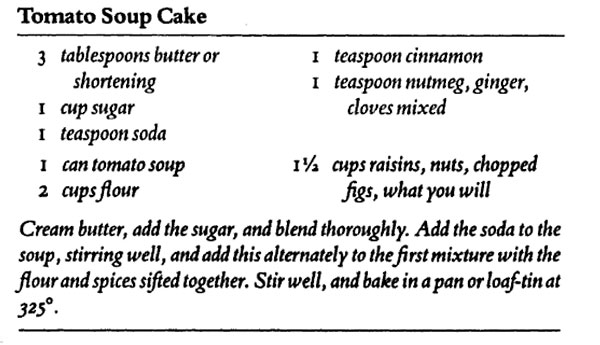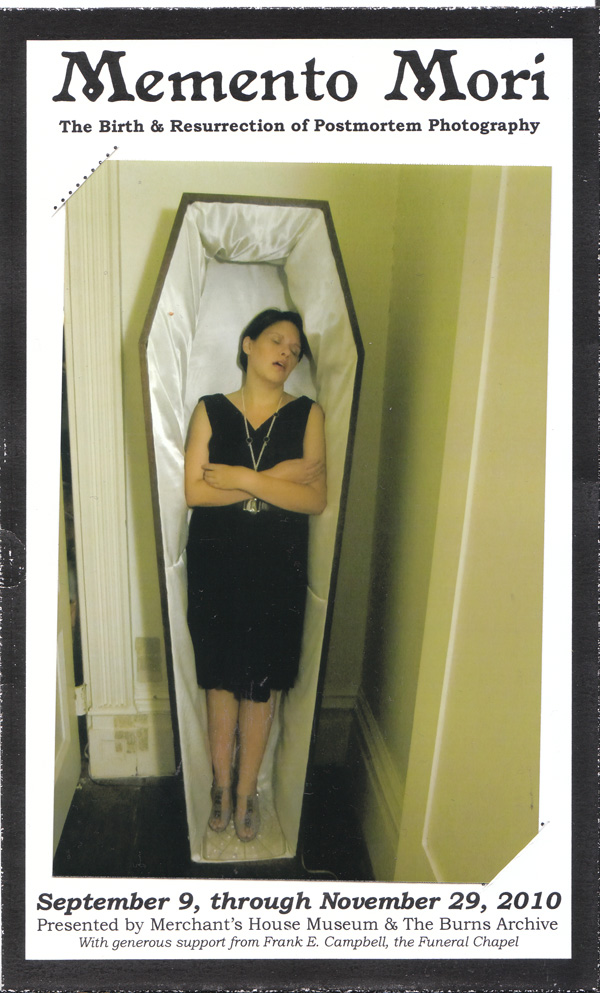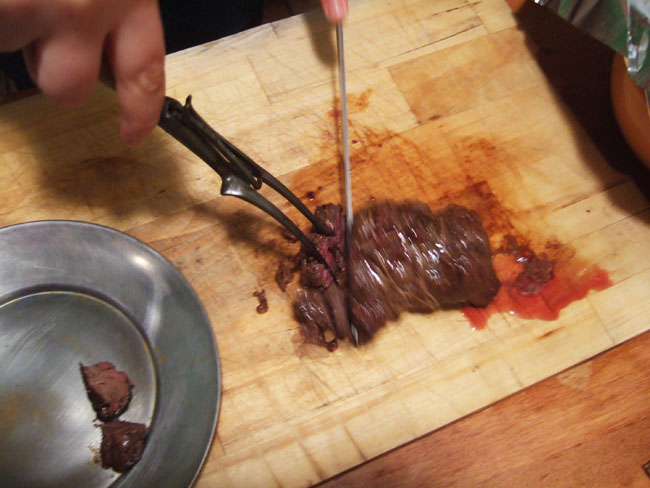 Carving the beaver tenderloin roast.
Carving the beaver tenderloin roast.
One of the requirements of my Alaskan Culinary Challenge is to serve the beaver meat to at least one other person. Â So I put out an APB on Facebook to see who might be interested in trying some beaver; I ended up with a party of eight willing participants at my house.
I decided to test three different recipes for beaver.
Beaver Tenderloin Roast
I wanted to cook one portion of beaver with very little seasoning, so we could really taste the beaver flavor. Â I had one packet of meat labeled “beaver tenderloin,” so I decided this most tender cut of meat would get the simplest treatment. Â The tenderloin was cut into several smaller slices, so I decided to tie them into a little 1-pound roast with a bit of kitchen twine. Â Thomas De Voe did say beaver was best roasted.
I seasoned the roast with some fresh ground pepper and kosher salt. Â I heated a cast iron skillet with some clarified butter until the surface was smoking. Â Then I placed the roast in the skillet and slid the whole thing into a preheated, 500 degree oven. Â I let it roast 8 minutes, then pulled it out and let the meat rest 10 minutes, covered with tented aluminum foil. Â Then I carved it into tasting portions and delivered it to my eagerly awaiting guests.
There was a tentative moment of silence as my guests each had a slice of beaver perched on their forks, ready to thrust it into their mouths.  We took a deep breath, then took the plunge: It was delicious!  The meat was quickly devoured.  It was not as gamey as anticipated, but definitely had a tang to it.  We were not horrified by our first taste of beaver.  But it wasn’t nearly as delicious as…
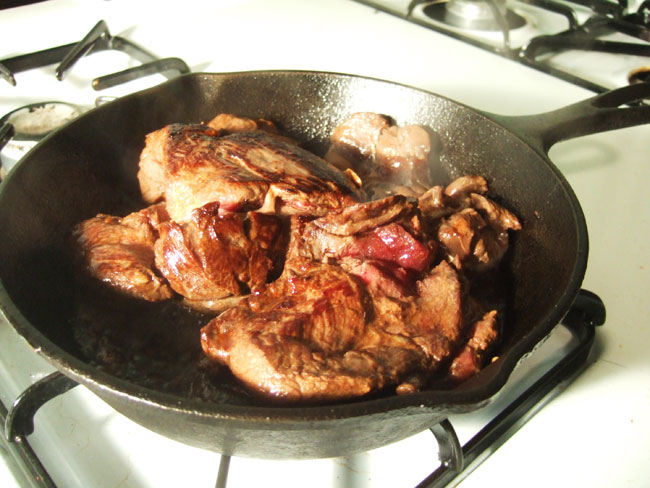 Searing the soy & garlic beaver.
Searing the soy & garlic beaver.
Beaver in a Soy and Garlic Marinade
I adapted this recipe from an MFK Fisher recipe for steak; I think she would appreciate my resourcefulness. Â It is the best marinade for beef I had ever tasted, so I decided to try it on beaver.
To make the marinade:
1/2 cup soy sauce
1/2 cup olive oil
6 cloves garlic
Rinse the meat and pat it dry, then put it in a Ziploc bag with the marinade. I let it sit six hours, turning the bag over every hour or so. Â I heated a cast iron skillet with clarified butter until smoking, then added the meat to the sizzling skillet. Â I browned the beaver two minutes on each side, then put the skillet into a preheated, 500 degree oven. Â I gave it five minutes in the oven, then pulled it out and let it rest for ten minutes. Â This gave me meat the was well done on the edges, and medium to medium-rare in the middle.
I had been worried that the soy and garlic would overpower the natural beaver flavor. If I’m going to eat an exotic meat, I don’t want to disguise the taste. Â But in reality, it complimented the taste of the beaver and teased out its gaminess. Â I think it’s a preparation worth trying on most wild meats, and some declared this recipe their favorite of the evening. Â But it wasn’t as popular as…
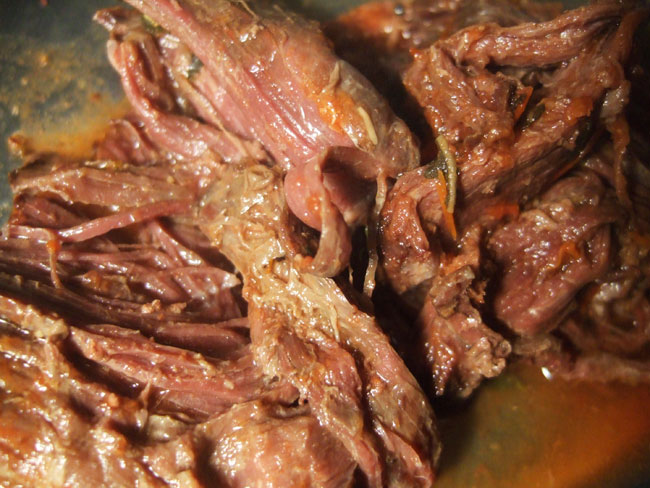 Beaver, cooked slow.
Beaver, cooked slow.
Slow-Cooked Pulled Beaver
When the French Culinary Institute prepared their beaver meat, they sous vide it: a process by which you vacuum seal food in a plastic bag, then cook it at a very low temperature for a very long time–sometimes over the course of several days.  This technique not only produces tender meat, but is prized for creating perfectly creamy soft-cooked eggs.  But I don’t have a sous vide.  I have the everyday kitchen equivalent: a crock-pot slow-cooker.
FCI also got good results by brining their meat first. Â So I created a brine for my beaver.
For the brine:
1 cup white vinegar
2 heaping tablespoons kosher salt
Put this in a Ziploc bag with the beaver meat and let brine for at least two hours, and up to six, turning every 30 minutes. Â Remove the meat, rinse it, and pat it dry with paper towels. Â The exterior will have turned a grayish color.
Then, to a slow cooker, add:
1 large can crushed, diced, or whole tomatoes in their juice (I used a bag of flash frozen plum tomatoes from my local CSA)
2 cups stock (beef, chicken, homemade–it doesn’t matter)
Seasoning. Â I seasoned conservatively at first, not wanting to mar the beaver flavor. Â But beaver seems to be one of those meats that can stand up to a lot of heavy seasoning. Â I used about a teaspoon of “Pasta Sprinkle,” a spice mix from Penzey’s that contains basil, oregano, thyme and garlic; and a couple hearty shakes of Red Pepper Flakes.
I cooked the meat on high for 4 1/2 hours; but if you have the time, cook it on the low setting for 8 hours. Â When it was done, it was tender enough to pull apart with a fork; I mixed it with the sauce and served a few tender morsels to my friends.
It. Was. Amazing.  Still gamey, and sooo tender.  My guests immediately grabbed slices of buttered potato bread and made little pulled beaver sandwiches.  The sweetness of the bread mixed with the richness of the meat was the perfect combination.  The brine had made the meat incredibly tender, while the acid of the tomatoes broke down the meat’s wild flavor just enough.
This recipe gets four stars from me. Â It’s impossible to mess up and it delivers perfect, delicious meat.
***
So what does beaver taste like? Beef, but more flavorful. Â Robust, but less gamey than venison. Â More mild than a dark-meated poultry. Â A red meat with a perfect tanginess and richness. Â And you don’t have to take it from me: everyone who came to my beaver party left satisfied, not horrified, and would willingly eat beaver again any day.
 Buzzard Sunday
Buzzard Sunday